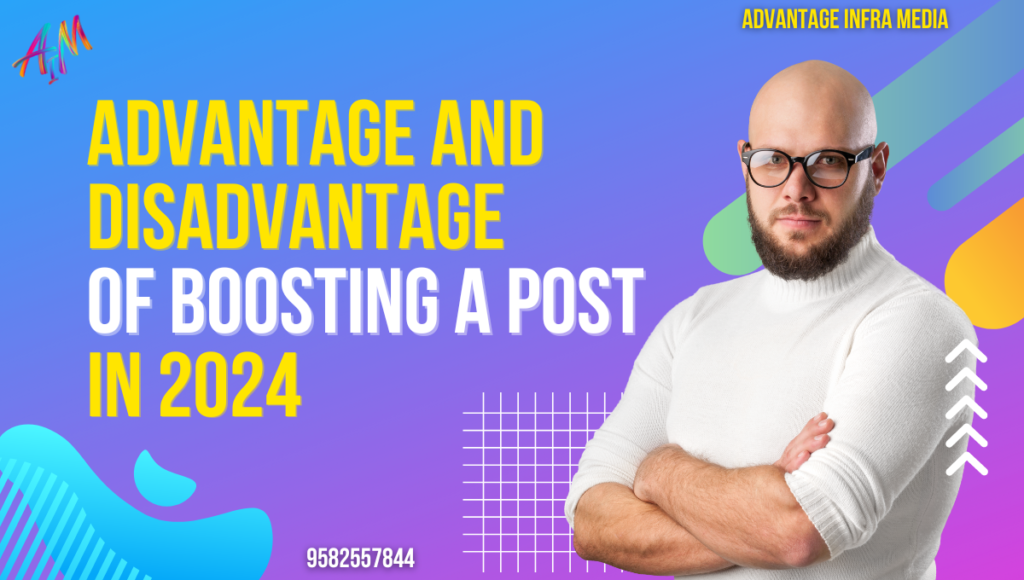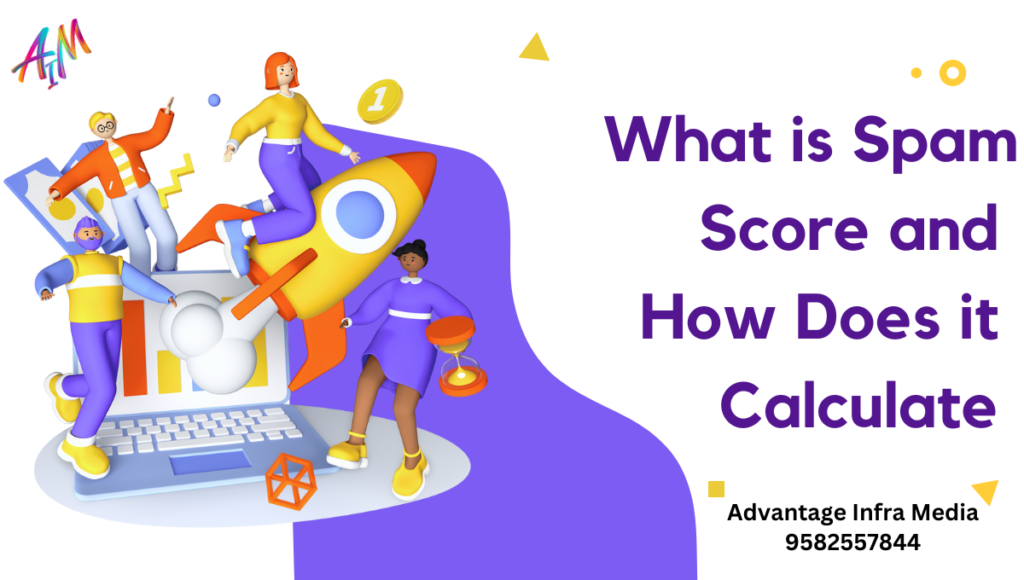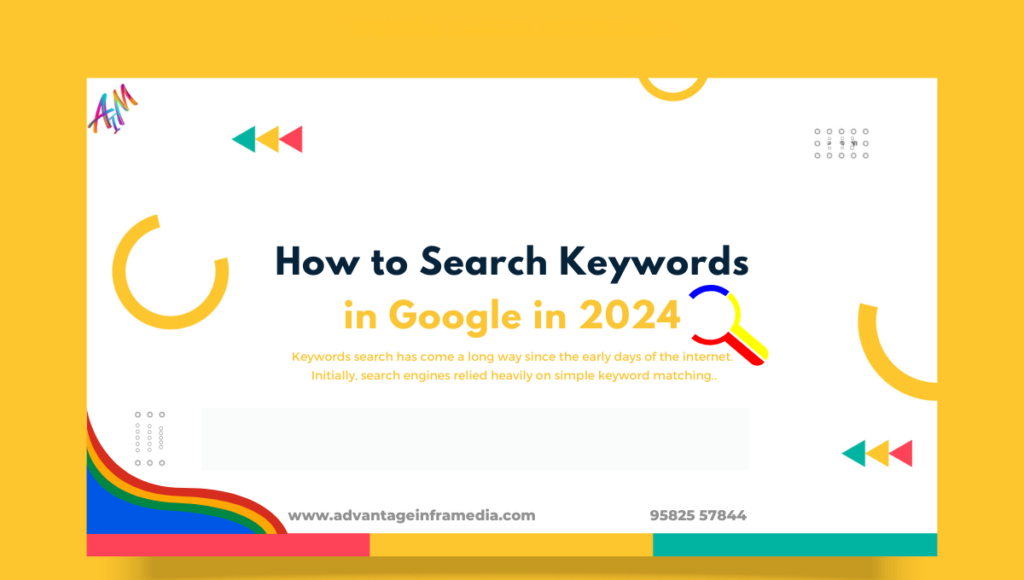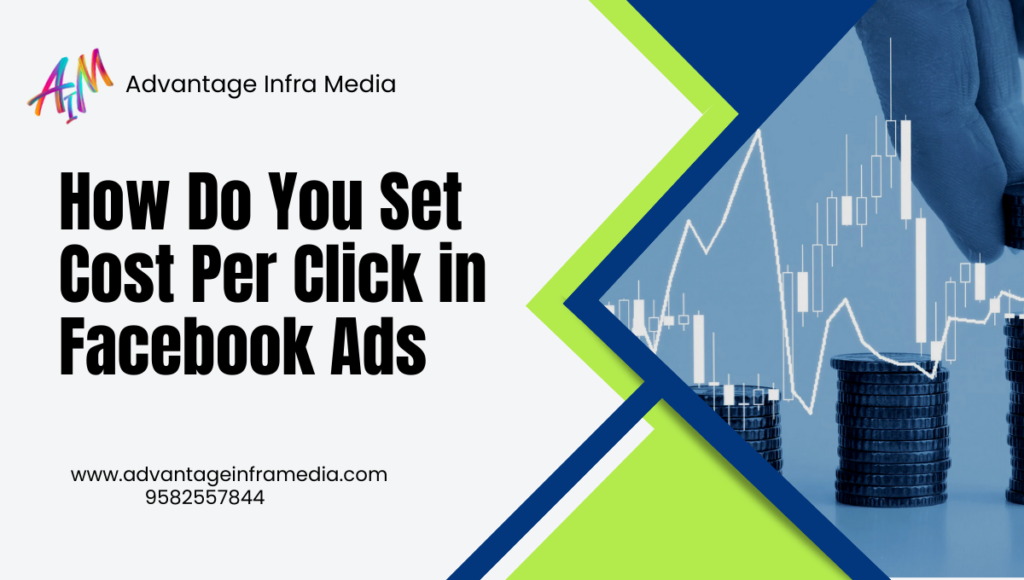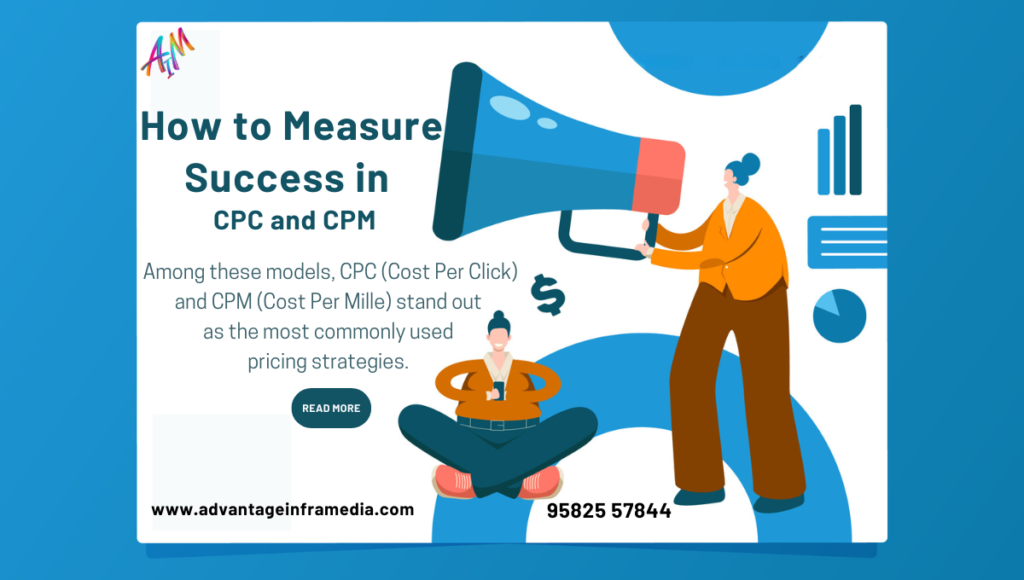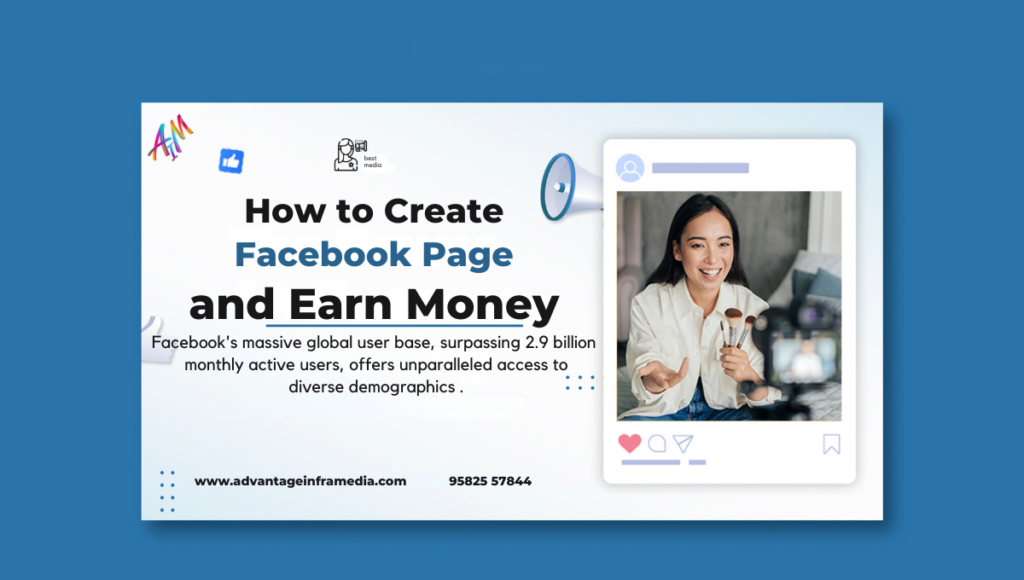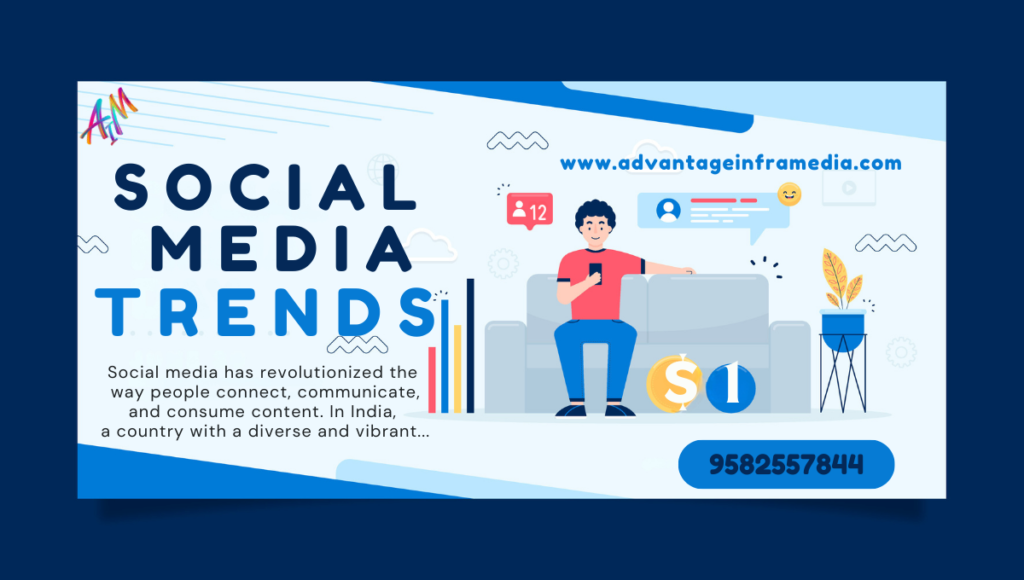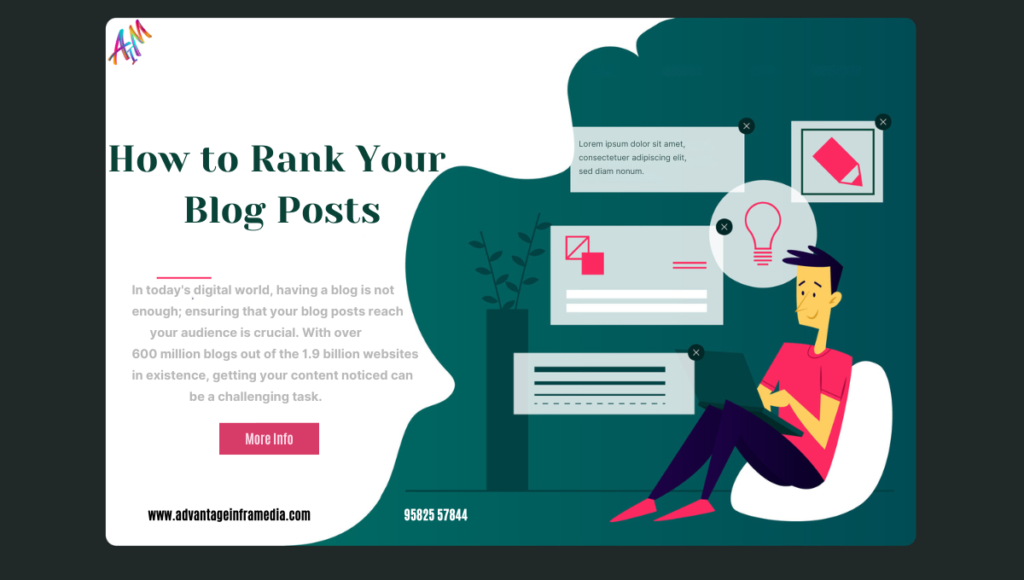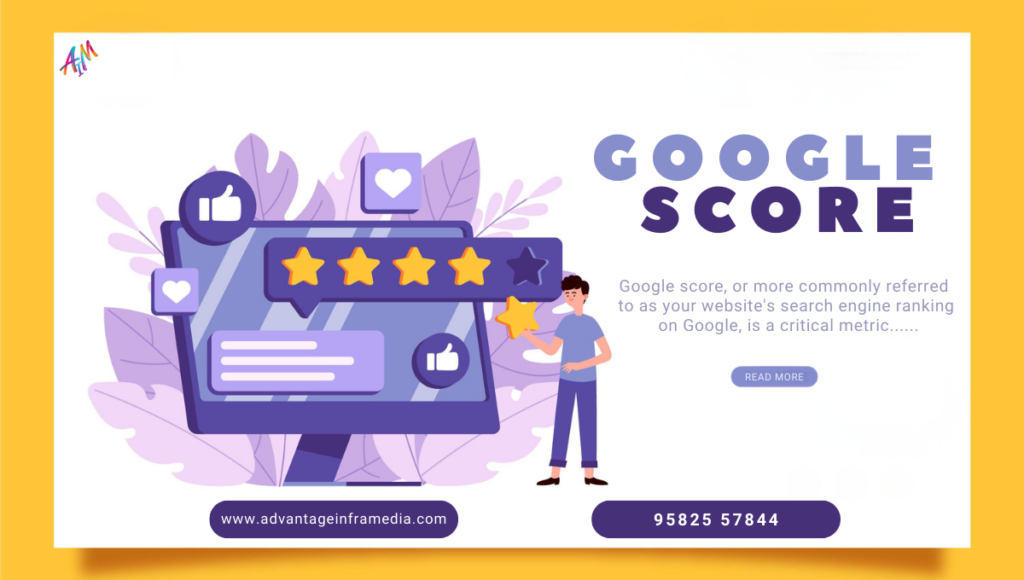Boosting a Post: Weighing the Pros and Cons for Your Social Media Strategy
The Advantages and Disadvantages of Boosting a Post in 2024 Introduction In the ever-evolving world of social media, businesses and content creators are constantly seeking ways to increase their reach and engagement. One popular method is boosting a post, a paid promotion option offered by platforms like Facebook, Instagram, and LinkedIn. While boosting can amplify the visibility of a post, it comes with its own set of pros and cons. In this comprehensive guide, we will delve into the advantages and disadvantages of boosting a post, helping you make an informed decision for your social media strategy. (The Advantages and Disadvantages of Boosting a Post in 2024) Advantages of Boosting a Post Increased Visibility Boosting a post significantly enhances its visibility, extending its reach far beyond your existing followers. This increased visibility can be particularly beneficial for new businesses or those looking to expand their audience. By putting your content in front of a larger and potentially more diverse audience, you can achieve several key outcomes: (The Advantages and Disadvantages of Boosting a Post in 2024) Reach a Larger Audience: Boosting a post ensures that your content is seen by more people, including those who do not follow your page. This can be particularly useful for reaching potential customers who may not have discovered your brand organically. Enhanced Engagement: With a broader audience comes the potential for higher engagement rates. More likes, comments, and shares not only increase the visibility of your post but also improve your page’s overall engagement metrics, which can positively influence future organic reach. Algorithm Boost: Social media platforms often favor posts with higher engagement. By boosting a post and driving more interactions, you can potentially improve its ranking in users’ feeds, increasing its organic reach even further. Targeted Advertising One of the standout features of boosting a post is the ability to precisely target your audience. Social media platforms offer robust targeting options that allow you to tailor your boosted posts to specific demographics, interests, and behaviors. This ensures that your content reaches the people most likely to engage with it and become customers. (The Advantages and Disadvantages of Boosting a Post in 2024) Audience Segmentation: Platforms like Facebook and Instagram provide detailed targeting options, allowing you to segment your audience based on factors such as age, gender, location, interests, and more. This helps you reach the most relevant audience for your content. Geographical Targeting: For businesses with a local focus, geographical targeting is invaluable. You can specify the regions or cities where you want your boosted post to appear, ensuring that your content is seen by potential customers in your area. Behavioral Targeting: Advanced targeting options include behaviors, such as purchasing patterns or device usage, enabling you to reach audiences based on their online activities. Cost-Effective Boosting a post is often seen as a cost-effective way to enhance your social media presence. Compared to traditional advertising methods, boosting a post can be more affordable and provide a better return on investment (ROI). (The Advantages and Disadvantages of Boosting a Post in 2024) Budget Flexibility: You can set your budget according to your financial capacity, making boosting accessible to businesses of all sizes. Whether you want to spend a small amount to test the waters or allocate a larger budget for a major campaign, you have the flexibility to control your spending. ROI Tracking: Most social media platforms provide detailed analytics and insights for boosted posts. You can track metrics such as reach, engagement, and conversions, allowing you to measure the effectiveness of your campaigns and adjust your strategy as needed. Cost per Engagement: Boosted posts can offer a lower cost per engagement compared to other advertising methods, especially when targeting a well-defined audience. This makes it an efficient way to drive interactions and increase brand visibility. Quick and Easy Boosting a post is designed to be a user-friendly and straightforward process. This simplicity makes it an attractive option for businesses that may not have the time or resources to invest in more complex advertising strategies. (The Advantages and Disadvantages of Boosting a Post in 2024) Simplified Process: Unlike setting up a full-fledged ad campaign, boosting a post requires minimal effort. With just a few clicks, you can select your audience, set your budget, and schedule your post. This ease of use makes it accessible to users of all skill levels. Instant Results: Boosted posts can yield immediate results. As soon as your boost is approved, your post begins to reach a wider audience, providing quick visibility and engagement. This is particularly useful for time-sensitive promotions or announcements. (The Advantages and Disadvantages of Boosting a Post in 2024) No Additional Assets Needed: Unlike some advertising campaigns that require the creation of new assets, such as images or videos, boosting a post uses existing content. This saves time and resources while still achieving the desired reach. Increased Brand Awareness Boosting a post can play a significant role in building and reinforcing your brand’s presence on social media. By consistently promoting your content, you can enhance brand recognition and establish a stronger connection with your audience. (The Advantages and Disadvantages of Boosting a Post in 2024) Building Recognition: Regularly boosting posts helps keep your brand top-of-mind for your audience. Over time, this increased exposure can lead to better brand recall and loyalty. Content Amplification: Boosting allows you to highlight specific content, such as promotions, events, or important announcements, ensuring they get the attention they deserve. This can be particularly effective for driving attendance at events or increasing participation in promotions. Brand Storytelling: By strategically boosting posts that align with your brand’s message and values, you can effectively tell your brand’s story. This helps create a cohesive and compelling brand narrative that resonates with your audience. Disadvantages of Boosting a Post Cost Accumulation While boosting a post can be cost-effective, it’s important to be mindful of the potential for costs to accumulate over time. Frequent promotions can lead to significant expenses, especially if not managed carefully. (The
Boosting a Post: Weighing the Pros and Cons for Your Social Media Strategy Read More »
Blog
